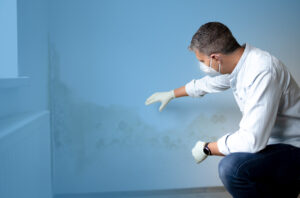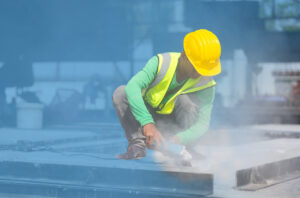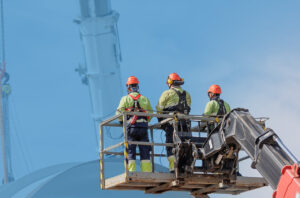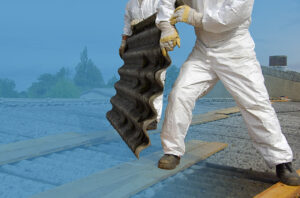Organisations have a duty to protect their employees from hazardous substances at work. Where practical employers should aim to prevent exposure to the substances and where this is not practical to ensure that exposure is adequately controlled.
Dust created by woodworking has been identified as being hazardous to health, as well as tiny particles of wood this dust can also contain bacteria, fungus and moss spores. Exactly how much dust is generated will depend on various factors including the type of timber and the type of process. Particularly high levels of dust exposure are associated with machining operations (sawing, routing, sanding etc), hand sanding, hand assembly of machined components, processing composite boards (e.g. MDF) and bagging dust from dust extraction systems.
The HSE produce a range of sheets giving guidance on how to controls these risks, including guidance for bandsaws, bench saws, cross-cut saws, chops saws, wall saws, vertical spindle moulders, surface planers, routers, suction hose and various types of sanding machines both hand held and fixed.
These sheets have recently been updated. The latest guidance can be found on the HSE’s website at: https://www.hse.gov.uk/coshh/essentials/direct-advice/woodworking.htm
Please speak to your normal PIB Risk management contact or get in touch using [email protected] if you have any questions about managing health risks or would like to arrange a Health and Safety compliance audit.

New rules for providers of social housing in England

Small but mighty – working safely with nanomaterials

Do you have a MEWP rescue plan?

Changing the asbestos control regime

HSE Launch Motor Vehicle Paint Spraying Campaign
